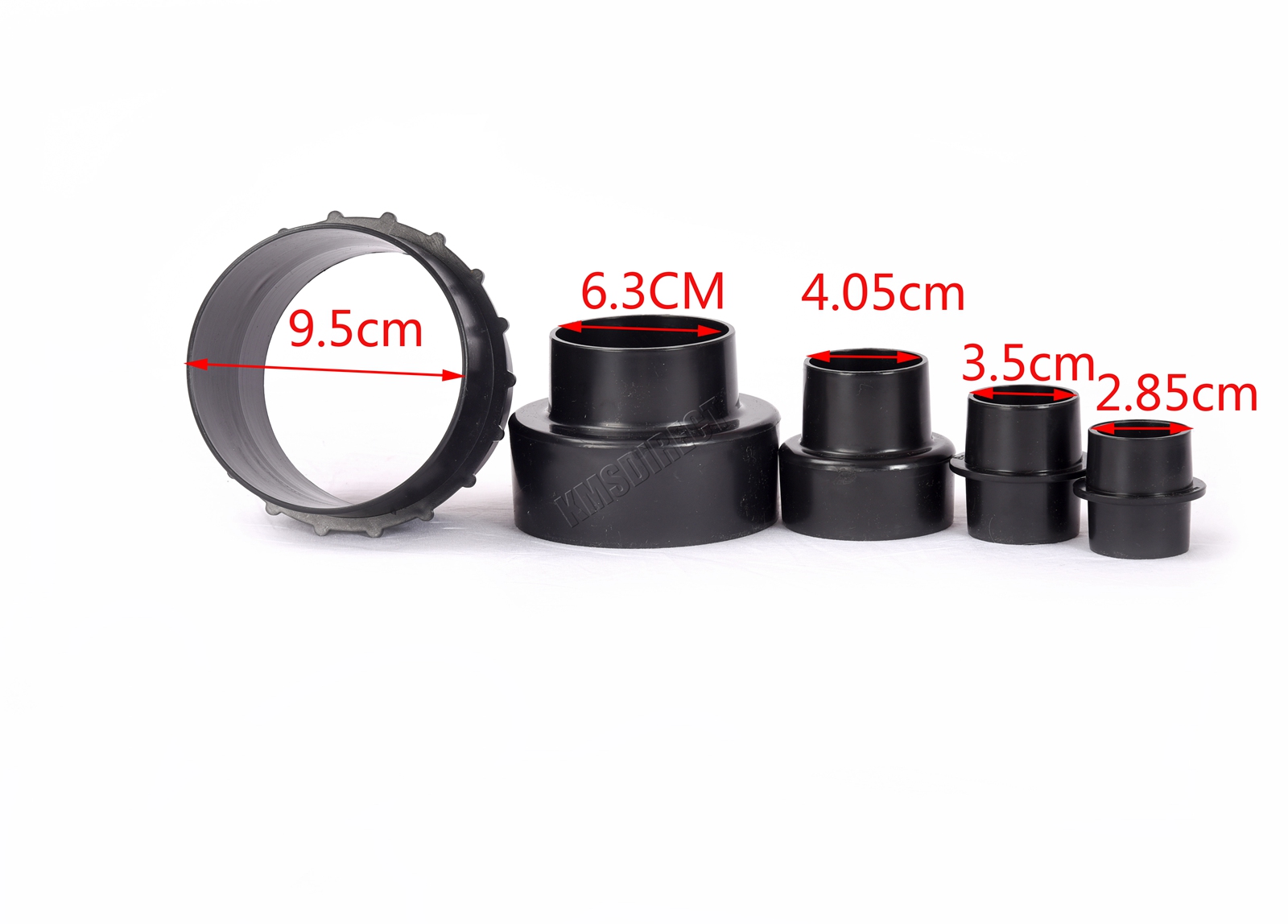
Their unique filter service life of 180 kg fine dust (mineral dust category A) captured the filter needs to be changed means even longer periods of uninterrupted operation with constant suction power and better protection against fine dust.Add the BetterExtractor to your existing shop vac & harness the power of your shop vac! Turn any shop vac into a Sucking Beast! 🔥💪🏽 #PrimeDayDreamDeals #primeday #autodetail #autodetailer #detailersoftiktok #satisfying #foryoupage #carcleaning #detailer #momsoftiktok #momlife #momtok #cleaningtiktok #cleaninghacks #toddlermom #pets #petlover #amazonmusthaves #amazonfinds #targetfinds #targetmusthaves #cleantok #targethaul #bissell #hooverclean #vaccum #toolsĦ.1K Likes, 94 Comments. These powerful Tact vacuum cleaners are suitable for both typical as well as hazardous dust thanks to their highly efficient filter cleaning.
#Extractor vacuum manual#
This revolutionary system enables unprecedented amounts of dust to be vacuumed without manual filter cleaning and has significantly reduced levels of noise when small amounts of dust occur.
#Extractor vacuum professional#
What is Tact? Triggered Air-draft Cleaning TechnologyĮquipped with a host of features including our new sensor-controlled, automatic filter cleaning system (Tact), Kärcher's Professional wet and dry vacuum cleaners detect when the flat pleated filter needs to be cleaned and quickly reverses the air flow, to blow air through the filter, enabling continuous operation for the user without any loss of suction power. Now we have taken it one step further with our latest generation of Tact H and M class wet and dry vacuum cleaners. As a result, we have developed a range of vacuum cleaners capable of picking up wet and dry dirt and dust, with the option to immediately collect it at source with a power tool take off.

We want to help protect those who work in the construction industry against the dangers of fine dust. Look at using dust lamps, which provide a powerful beam of light, to show whether very fine dust is present and to help pin point the source Ensure a COSHH assessment has been carried out to determine the levels of risk and that correct procedures are in place to ensure safe workingġ0. Access onsite washing facilities to remove dust before leaving the job, to avoid transferring dust into vehicles and homesĩ. Make certain that there is adequate ventilation within the workplaceĨ. Work with silica-free abrasives which reduce the risks when blastingħ. Properly maintain equipment/tools that are used so they continue to operate at maximum efficiencyĦ. Use sheeting or temporary screens to prevent dust from escapingĥ.

Ensure that Respiratory Protective Equipment (RPE) and Personal Protective Equipment (PPE) are available and correctly wornĤ. Reduce the emission of dust at source with on-tool extractionģ. Practise special cutting techniques rather than grinding, or sawing, or use wet-cutting processes: water provided at the right level damps down dust cloudsĢ. Over 500 construction workers are believed to die from exposure to silica dust every year, with silicosis a UK government-recognised industrial disease – it is therefore vital the risk from silica dust is taken seriously and exposure adequately controlled.ġ. This shows the maximum amount of silica someone should be breathing in a day after using the right controls.

The amounts needed to cause this damage are not large, please see below example. Silicosis is an irreversible, progressive, disabling, and often fatal lung disease as the result of heavy and prolonged exposure to respirable size crystalline silica dust - a common mineral found in many materials on construction sites, including: concrete, rock, sand and granite. Silica dust remains in the lungs which causes inflammation, and leads to an increased chance of suffering from lung damage and scarring it can also enter into the circulatory system and affect other organs such as the brain, heart and bones – the diagnosis often being silicosis.

When working in a dusty environment without protection typically the body will breathe out 95% of the dust, but 5% of fine dust will remain in the lungs, which is harmful. When this dust is inhaled, it can seriously damage the lungs, kidneys and airways, causing life-changing diseases including: lung cancer, silicosis, chronic obstructive pulmonary disease (COPD) and asthma - in some cases it can even kill. The harmful particles are not visible to the human eye, meaning that many workers are not aware they have even breathed this substance in. Silica dust only requires a small amount to be airborne to create a health hazard.


 0 kommentar(er)
0 kommentar(er)
